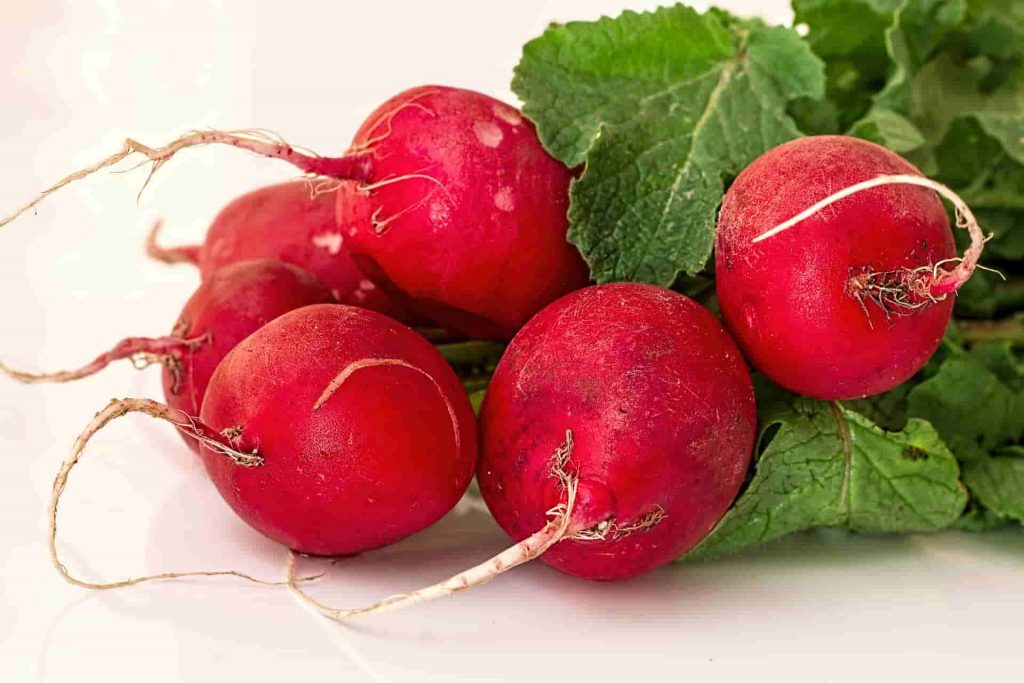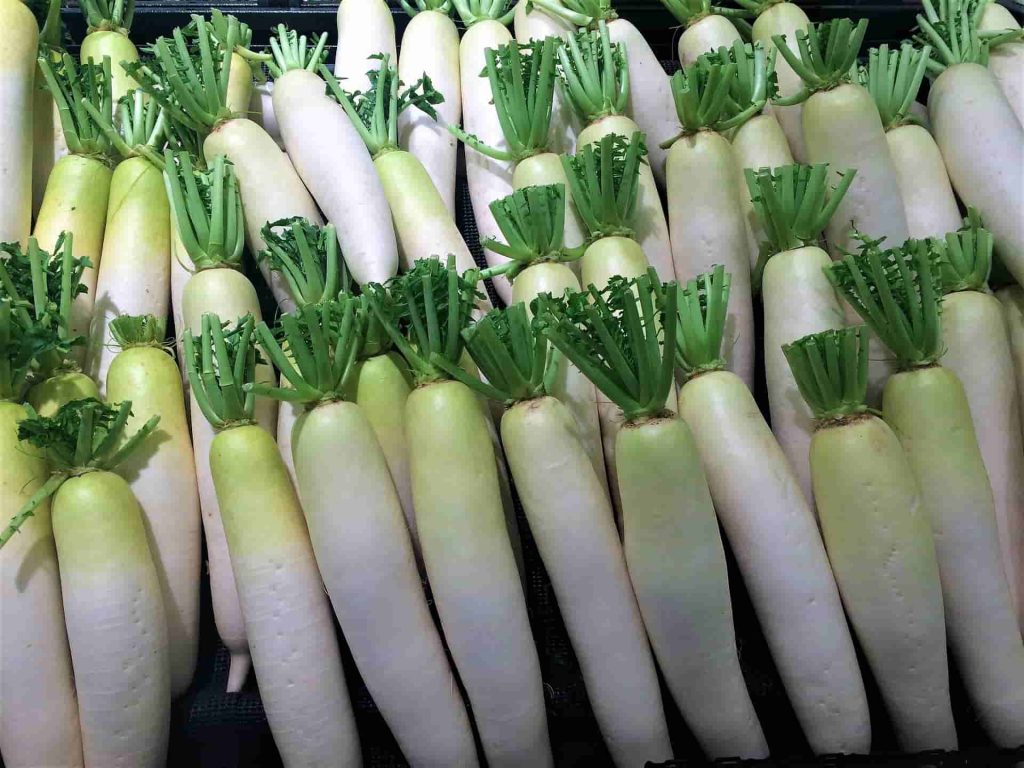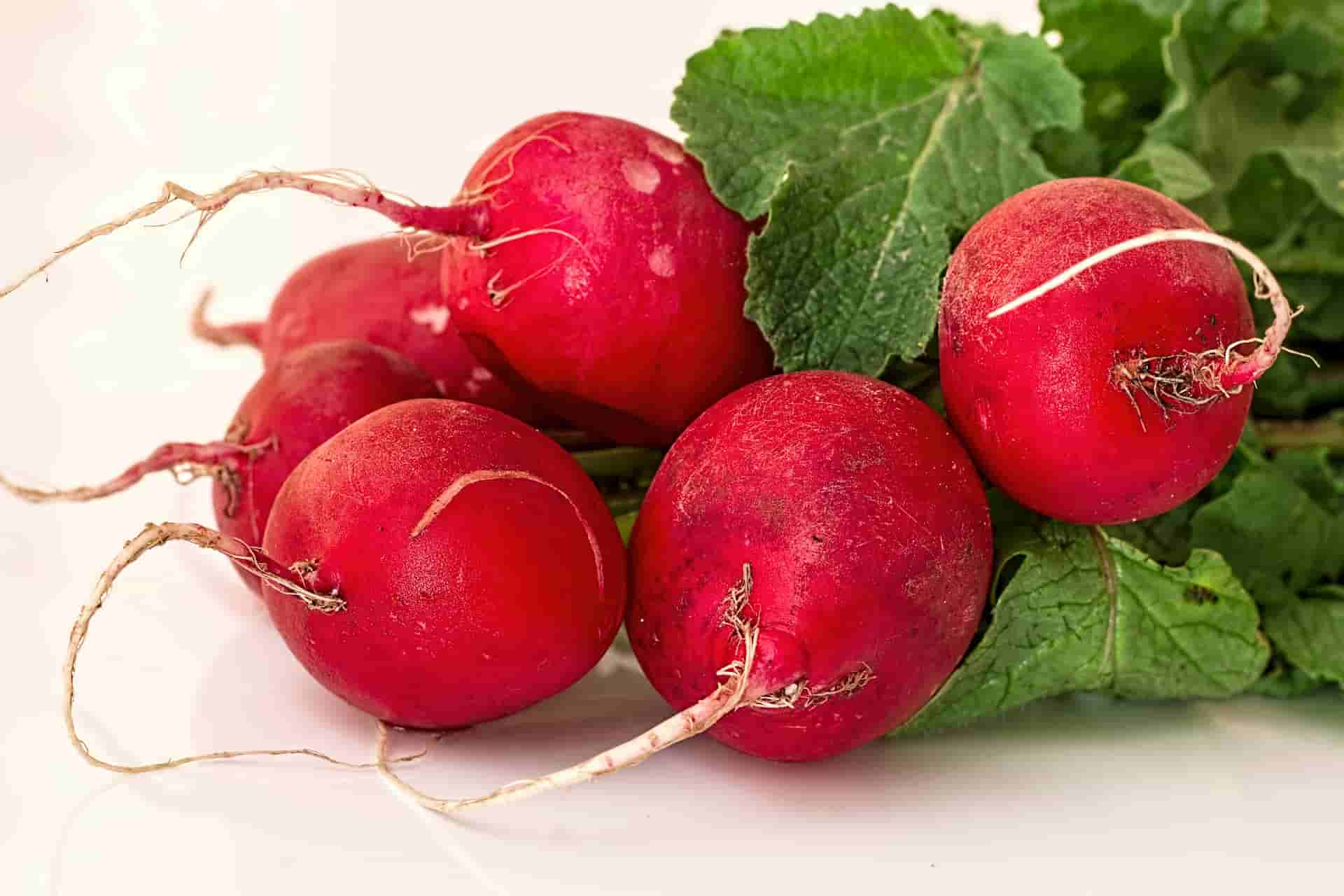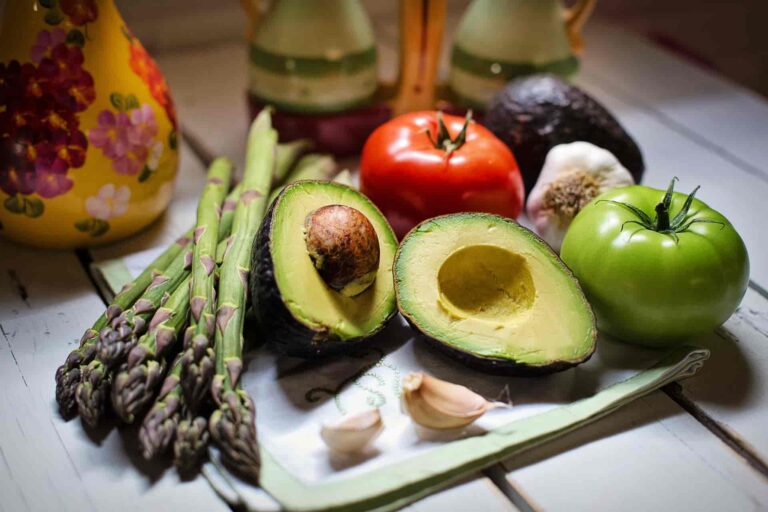How Much Do You Know about Radish?
The radish, which belongs to the genus of radishes, has been represented in European cuisine for centuries. There are countless varieties that are characterized by different colors, sizes and shapes. They all have one thing in common, they are good for your health and give every salad that certain something.
Radish seeds are available at low prices not only in plant nurseries and flower shops, but also in supermarkets. They can be about from April in the garden, in planters or window boxes grow.
However, one should keep in mind that radishes need enough space to thrive. The rows should be eight to ten centimeters apart, and the seeds should be placed at least five centimeters apart.
In addition, the seeds must not be buried too deep in the ground, one centimeter is enough to provide enough space for radishes.

Tip: Incidentally, it is okay if the radishes are sown next to lettuce, cress, tomatoes, spinach, carrots or beans. However, cucumbers shouldn’t be around.
Radishes need a loose compost soil and should not be kept too dry or too moist.
If the soil is under-fertilized, the tubers are usually underdeveloped, if it is too dry; the radishes no longer taste good. In total, radishes take about a month to ripen. If they are harvested later, they are usually woody.
Types and uses
There are many different types of radish, although the best known is the white radish with the red skin – basically a distinction is made between:
- Spring radishes
- Summer radishes
Radishes can be red, but colors like yellow, white, pink, or purple are also not uncommon. The shape of the radish can also differ. There are round, oval, cylindrical and conical representatives of the genus.
The most popular types of radish include:
- Isabell
- Cherry Belle – fast growing variety with a thin skin and a pleasantly mild taste
- Carnita
- White Breakfast – very fine, but with a certain degree of spiciness
- Gold ball
- duet
- Neckar pearl
No matter what shape or color the radishes are, they are best eaten raw. Radishes taste very good in a wide variety of salads, together with cucumbers, tomatoes, lettuce, rocket and many other vegetables.
Sliced or grated, you can put them on bread or conjure up a delicious dip.
Health benefits of radish
Radishes consist of at least 90% water and 100 grams of the tubers contain only 14 kilocalories. In addition, they are very rich in vitamin C, vitamin A , magnesium, potassium and iron. The mustard oil, which gives the radish its unmistakable spiciness, also has an antibacterial effect.
In addition, the small tubers have a dehydrating effect and can reduce high blood pressure.
The consumption of radishes is therefore particularly recommended if you have problems with the mucous membranes of the nose or throat. Radishes can also be used to alleviate rheumatism, liver or biliary diseases.
How To Radishes Stay Fresh
We have put together here how to store radishes so that they retain their fresh, crunchy, juicy and refreshing taste.
Who does not know the situation – in the supermarket the radishes really look good enough to eat, but after just one day they become wrinkled and no longer taste good.
Radishes taste best when they are freshly harvested, look red and plump. But mostly you buy more than you need, then they have to be stored.

Radish cleaning
Of course, the radishes have to look fresh and crisp when you buy them.
- At home, the greens should be removed; the herb deprives the fruit of moisture and nutrients.
- When cutting away the greens, however, you should make sure that the radish itself is not damaged, so a small point of the green should still be visible.
- The preparation also means that the soil (which may still be present) on the tubers is completely removed, so the radishes must be washed well.
The radishes keep fresh in the water
- Radishes are best kept fresh in a saucepan with water and a pinch of salt.
- The tubers should be completely covered by water.
- About a teaspoon of salt for half a liter of water.
Stored this way, radishes stay fresh for a really long time, in the refrigerator they keep for 5-7 days.
Info: Do not add too much salt to the water, otherwise the radishes may lose their taste and take on the salty taste.
- Another method to keep radishes fresh: Put the tubers in a freezer bag moistened with water and store it in a dark and cool place (preferably in the vegetable compartment of the refrigerator).
- Instead of a freezer bag, you can wrap the tubers in a damp cloth.
Info: If the radishes have become a little soft or wrinkled after storage, simply put the tubers in a hot water bath. There they should regain their old strength.






